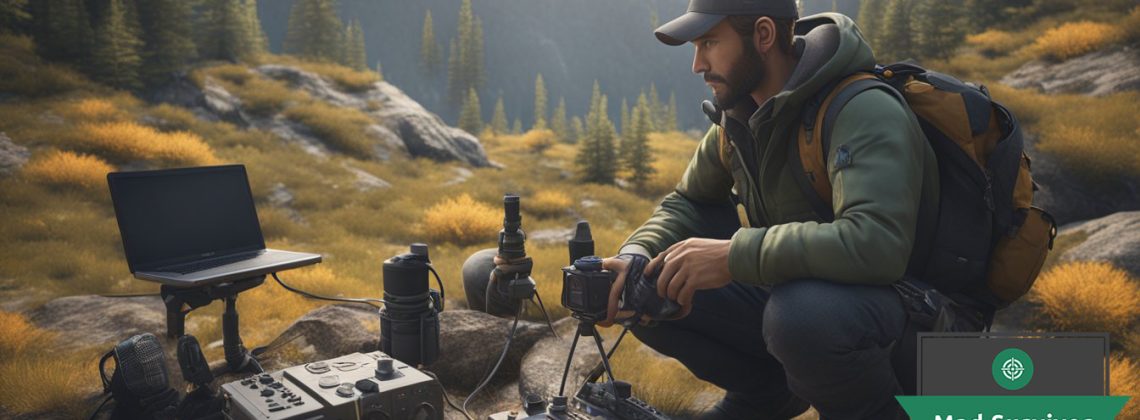
Ham radio, also known as amateur radio, is a form of communication that doesn’t rely on the internet or cell phone networks. Imagine being able to reach out to people locally and globally, even when traditional systems fail, such as during natural disasters or severe weather events. That’s where ham radio shines as a survival skill. It’s a powerful tool that lets you listen to and communicate with emergency services, as well as other ham operators, providing a means to gather information and call for help when needed.
Getting started with ham radio for survival purposes means understanding its advantages over other communication methods. With a broad spectrum of frequencies at your disposal, ham radio provides greater range, reducing the limitations you might encounter with lower-powered devices like CB radios or FRS/GMRS walkie-talkies. The versatility of ham radio allows for both local and long-distance communication, which is invaluable when other networks are down or when you’re in a remote location.
Mastering the use of ham radio involves learning about different frequencies, obtaining the proper equipment, and possibly passing a licensing exam, which varies by country. For instance, in the United States, the Federal Communications Commission (FCC) oversees the licensing process. Once set up, the ham radio community has practices in place, such as the 3-3-3 radio plan, which ensures regular check-ins and communication among users in emergency situations. This way, you’re not just preparing to stay connected; you’re adapting to an entire ecosystem that prioritizes readiness and support.
Jump To Section
- Understanding Ham Radio
- Getting Started with Ham Radio
- Ham Radio Operations
- Ham Radio for Emergencies
- Advanced Ham Radio Techniques
- Staying Legal and Safe
- Conclusion
Understanding Ham Radio
In exploring ham radio, you’ll discover a versatile tool that serves both as a hobby and a means for critical communication during emergencies. With a rich history and diverse applications, ham radio is a skill worth acquiring.
The Basics of Ham Radio
As a ham operator, you’ll engage using allocated frequency bands for non-commercial purposes. You’ll need to obtain a license to transmit, which ensures that you understand the regulations and technical knowledge required to operate radios effectively and safely.
Types of Ham Radios
- Handheld Radios (HT): Compact and portable, great for communicating over short ranges or while on the move.
- Mobile Radios: Typically installed in vehicles, offering greater power and range than handheld units.
- Base Station Radios: Set up in a fixed location, these are powerful and used for long-distance communication.
- Software Defined Radios (SDR): These use software for processing signals, providing flexibility and advanced features.
Ham Radio as a Hobby
The ham radio hobby is enriched by a vibrant community of enthusiasts. You can engage in various activities such as:
- Contesting: Compete against other hams to make as many contacts as possible.
- DXing: Aim to connect with distant stations, sometimes in other countries.
- Public Service: Provide communication services during events or disasters.
- Experimentation: Build and refine your own radios or antennas, fostering innovation.
Getting Started with Ham Radio
Ham radio, a hobby enjoyed by many, is also a critical skill for emergency communication. To get started, you’ll need to obtain a license, set up your station, and join a community of fellow enthusiasts.
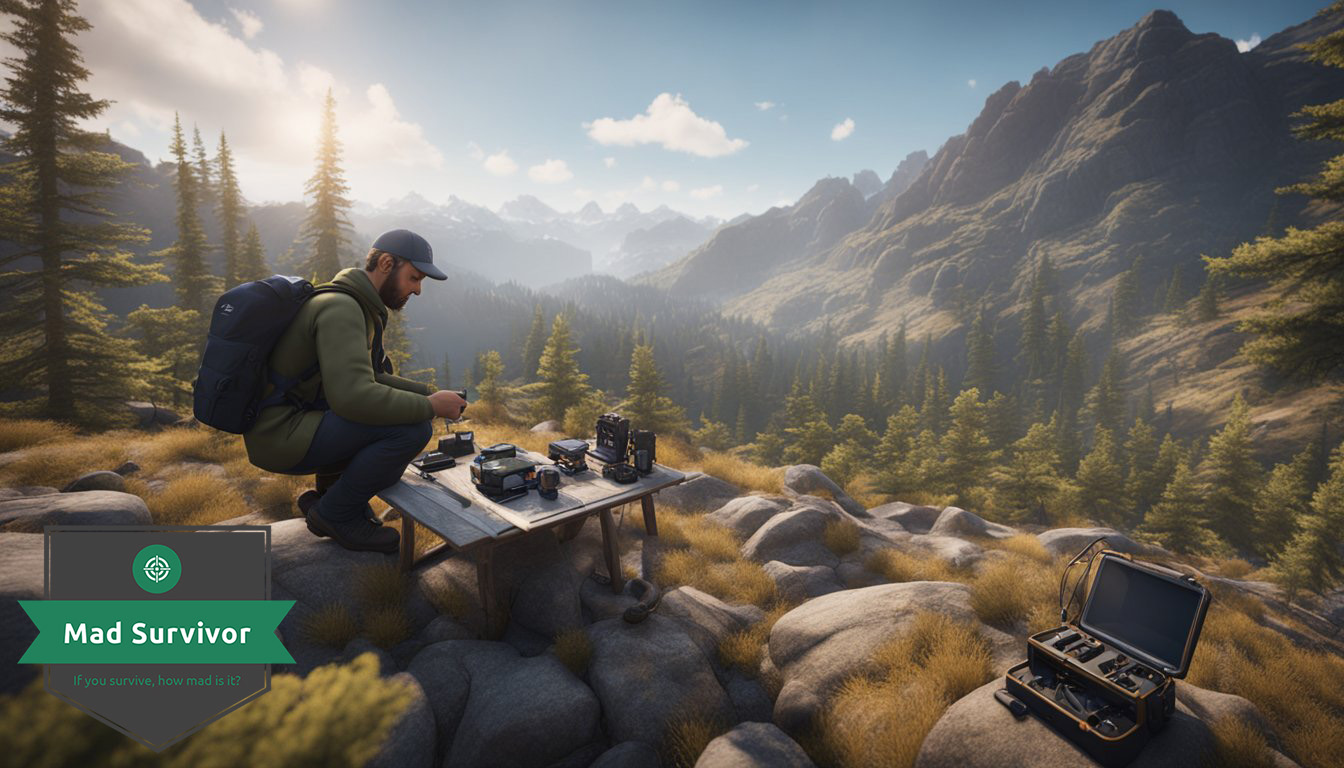
Obtaining Your Ham Radio License
Before you can begin transmitting on ham radio frequencies, you must become a licensed amateur radio operator. This involves studying for and passing the Federal Communications Commission (FCC) exam. Here’s how to prepare and apply:
- Study: Use study guides and online resources to learn about radio theory, regulations, and operating practices.
- Practice: Take practice exams to gauge your readiness.
- Apply: Locate a nearby exam session through the American Radio Relay League (ARRL) website and submit your application.
Setting Up Your First Station
Once you have your license, setting up your first ham radio station is an exciting next step. You’ll need some essential equipment:
- Transceiver: The core of your station, capable of both receiving and transmitting signals.
- Antenna: Essential for effective transmission and reception; options vary from simple wire antennas to more complex directional ones.
- Power Supply: A reliable source of power to ensure your radio remains operational.
- Accessories: Consider a good-quality headset and a Morse code key if you wish to use CW (Morse Code).
Joining the Ham Radio Community
Engaging with the ham radio community is invaluable for growth and learning in the hobby.
- Clubs: Local clubs provide mentoring, organize events, and offer valuable networking opportunities.
- On the Air Meetings: Participate in nets, or scheduled on-air meetings, which are a great way to practice operating your radio and to make new friends.
- Hamfests: Attend these gatherings to buy equipment, attend workshops, and deepen your knowledge.
Ham Radio Operations
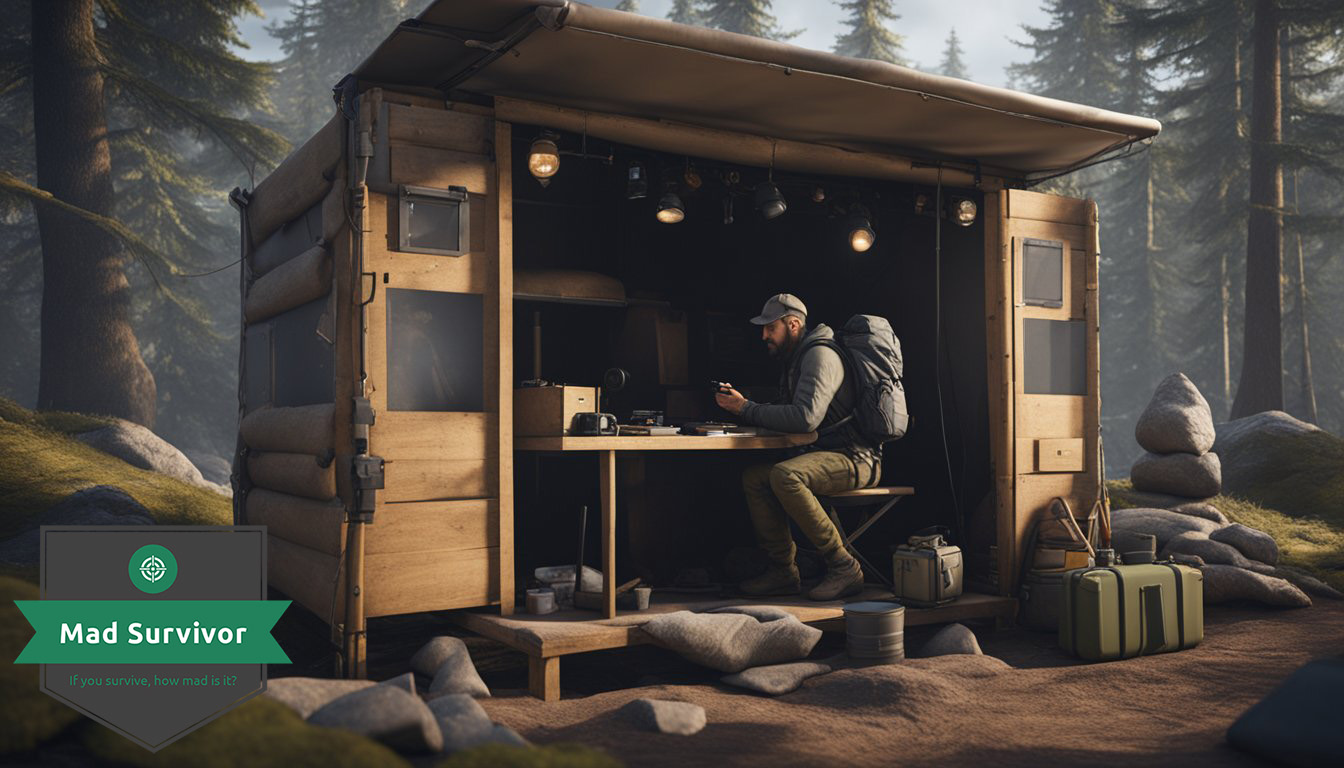
Ham radio operations are a key aspect of survival communications. You’ll need to grasp the basics of frequencies and bands, learn how to make contacts, and understand the etiquette that keeps the airwaves orderly.
Frequency and Band Basics
To start using your ham radio, you’ll need to familiarize yourself with frequency bands. Frequencies are grouped into bands, and each band has its own unique properties and uses. For instance, the 2-meter band typically found between 144-148 MHz is popular for local communications, while the 20-meter band (14.000-14.350 MHz) is better for long-distance communication.
Here’s a quick reference for some common bands:
- 2 meters (144-148 MHz)
- 70 centimeters (420-450 MHz)
- 20 meters (14.000-14.350 MHz)
- 40 meters (7.000-7.300 MHz)
Each band permits operation at certain times of the day and with specific modes, like voice or Morse code. Make sure you’re transmitting within your licensed frequencies to ensure compliance with regulations.
Making Your First Contact
Your first contact, or “QSO,” is an exciting moment. To increase your chances, you should:
- Listen: Tune into a frequency and listen to ensure it’s clear.
- Call CQ: Say “CQ” three times, followed by “this is,” and then your call sign twice. For example, “CQ CQ CQ, this is [Your Call Sign], [Your Call Sign].”
- Make Contact: If someone responds, they will say your call sign and then theirs. At this point, you’ve made contact.
Keep your transmissions clear and concise. When ending a QSO, say “73,” which means “best regards” in ham radio lingo.
Understanding Radio Etiquette
Good etiquette is foundational in ham radio operations. Here are basic rules to adhere to:
- Listen before you transmit to avoid interrupting ongoing communications.
- Speak clearly and use plain language whenever possible. When required, use the standard phonetic alphabet to spell out call signs.
- Be patient and courteous with others, especially when supporting new operators.
- Keep transmissions short to not occupy a frequency for more than necessary.
- Legally Identify: You must broadcast your call sign at the beginning and end of a communication, and every ten minutes during.
Ham Radio for Emergencies
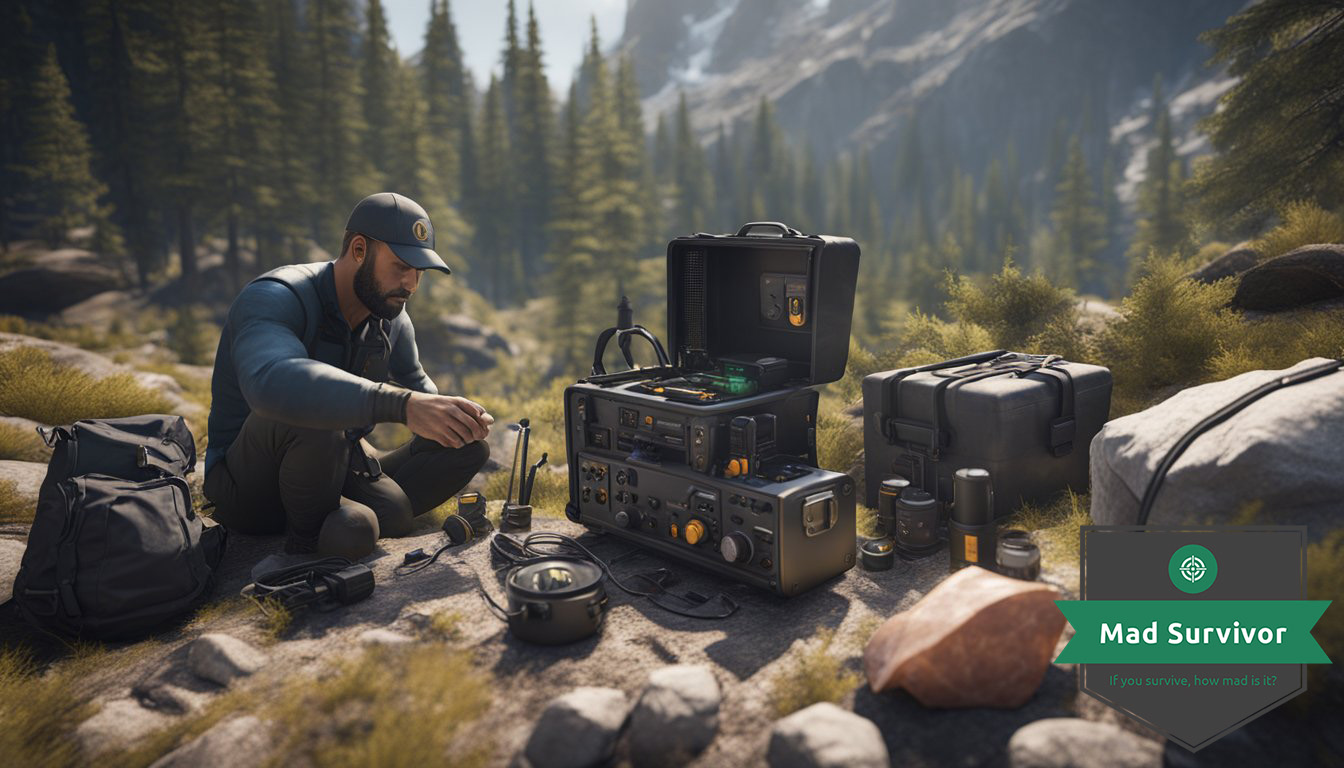
In emergencies, your ability to communicate can mean the difference between getting help and being left in isolation. Ham radio, or amateur radio, stands out as a reliable means of emergency communication when other systems are down.
The Role of Ham Radio in Survival
Ham radio’s versatility gives you access to a wide range of frequencies, allowing for communication over both local and long distances—even when the internet and cell networks fail. During disasters, you can connect with emergency services and acquire real-time information that is crucial for survival.
Building an Emergency Communication Kit
Your ham radio emergency kit should include:
- A reliable ham radio transceiver: VHF/UHF for local, and HF for long-distance communications.
- Power sources: Batteries, solar panels, and generators.
- Antennas: Both portable and fixed antennas to increase your radio’s range.
- Accessory tools: Cables, microphone, headphones, and SWR meter for tuning the antenna.
Having these essential items at your disposal ensures that you’re prepared to broadcast and receive important communications during an emergency.
Participating in Emergency Networks
By participating in ham radio networks, you’ll be able to stay updated and assist in emergencies. Regularly engage with local ham radio clubs and emergency networks like ARES (Amateur Radio Emergency Service) and RACES (Radio Amateur Civil Emergency Service). You can also practice with the 3-3-3 radio plan, turning on your radio every three hours for three minutes to monitor “Channel 3,” and keep your communication skills sharp for when you truly need them.
Advanced Ham Radio Techniques
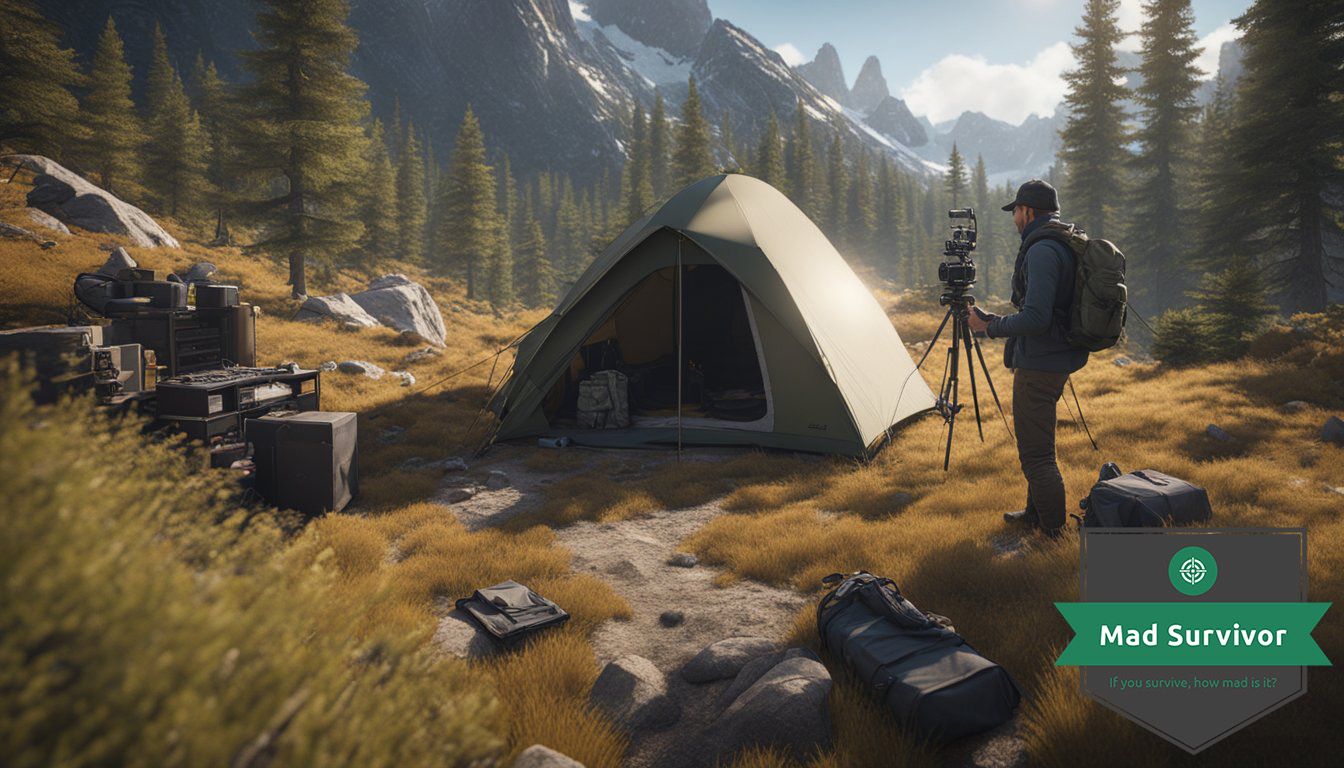
When it comes to leveraging the full potential of ham radios for survival, understanding advanced techniques can elevate your ability to communicate in critical situations. Here, we will look into digital modes, satellite communications, and how engaging in contests can hone your skills.
Exploring Digital Modes
With digital modes, you can transmit data more efficiently than traditional voice communication. This encompasses various methods such as RTTY (Radio Teletype), PSK31 (Phase Shift Keying, 31 Baud), and FT8 (Franke-Taylor design, 8-FSK modulation). PSK31 and FT8 are especially popular for their low power requirements and ability to operate under noisy conditions. To get started:
- Download and set up digital mode software compatible with your ham radio.
- Connect your computer’s sound card to the radio for seamless digital transmissions.
- Practice sending and receiving digital messages to become proficient.
Satellite Communication with Ham Radios
Your ham radio can connect with amateur radio satellites, known as OSCAR (Orbiting Satellite Carrying Amateur Radio). This allows long-distance communication beyond the line of sight. To do this effectively:
- Find pass predictions for OSCAR satellites using tools like AMSAT or a satellite tracking app.
- Position your antenna correctly for the best possible signal during a satellite’s pass.
- Use a full-duplex radio or two radios—one for transmitting and one for receiving.
Understanding the satellite’s footprint will inform you of the geographical areas you can communicate with at a given time.
Participating in Contests and Awards
Contests, also known as ‘radiosport’, are a great way to practice your ham radio operation skills and troubleshooting under pressure. They often involve making as many contacts as possible within a given time and frequency range. Here’s how to integrate contests into your practice:
- Locate contests that suit your interest and schedule by checking the ARRL (American Radio Relay League) contest calendar.
- Set clear goals for each contest, such as testing a new antenna or perfecting Morse code efficiency.
- Remember to log all contacts and submit your entry if the contest requires it.
Staying Legal and Safe
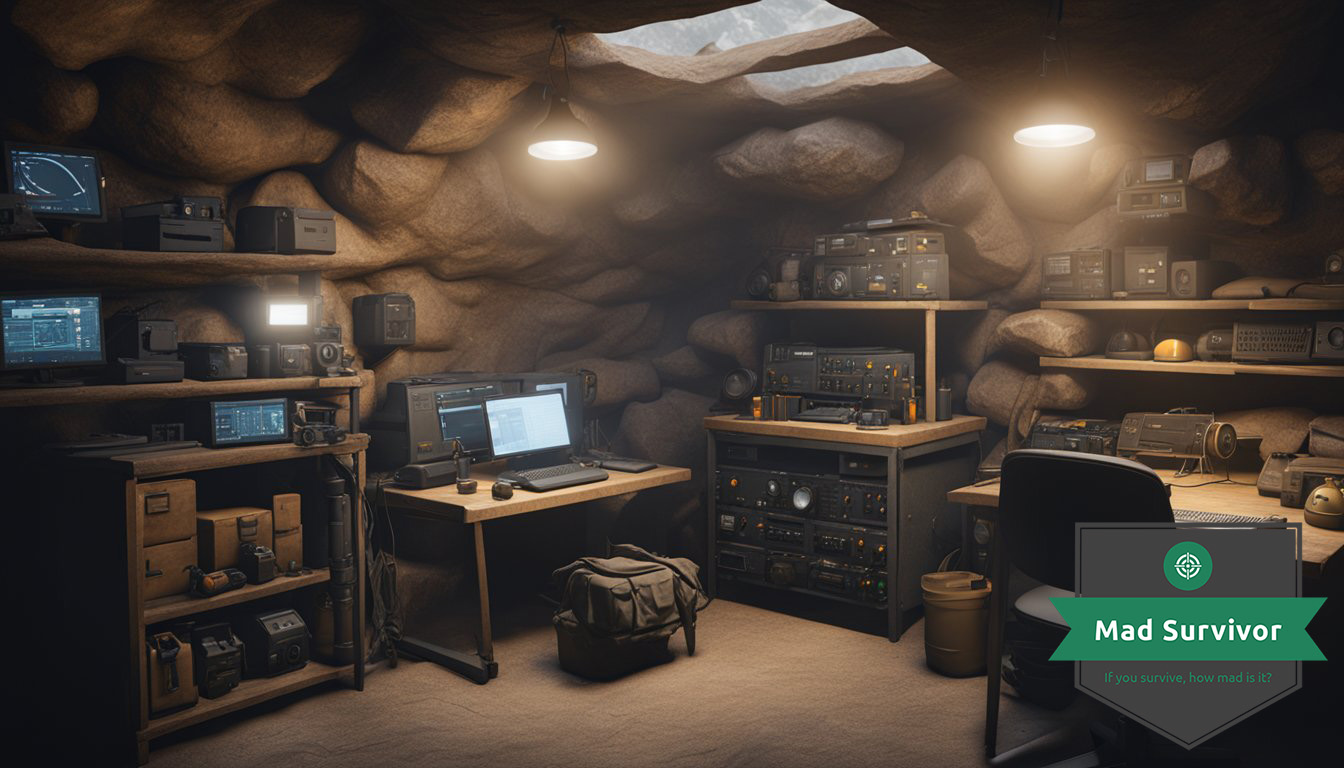
When you’re integrating ham radios into your survival toolkit, it’s crucial to comply with legal regulations and be aware of safety concerns regarding radio frequency exposure.
Understanding the Legal Framework
To operate a ham radio in the US, you must obtain a ham radio license. This requirement serves several purposes: it ensures that operators are proficient in technical knowledge and have an understanding of the rules that govern the airwaves. The process involves studying for and passing an examination that tests your understanding of radio theory, communication practices, and regulations.
In the United States, the Federal Communications Commission (FCC) is the entity responsible for regulating amateur radio operations. Ensure you are familiar with the FCC’s Part 97 rules that dictate amateur radio practices. These guidelines set forth everything from frequency allocations to transmitter power limits and station identification requirements.
Frequency allocations vary based on the license class you hold — Technician, General, or Amateur Extra. Each increase in license class grants you more frequency privileges. It’s your responsibility to operate only within the frequencies your license permits.
Radio Frequency Exposure
Safety also extends beyond legal compliance; it encapsulates your health as well. Radio frequency (RF) exposure can be harmful if not properly managed. The FCC outlines maximum permissible exposure (MPE) limits to ensure that the use of radio frequencies doesn’t pose a health risk to you or others.
As a ham radio operator, you are required to evaluate your station and ensure that your transmissions comply with RF exposure limits. Here’s a simple breakdown:
- Determine your station type: Portable, mobile, or stationary.
- Calculate the power: Assess the power you transmit and the duration of your communications.
- Evaluate the environment: Consider the proximity of others to your antenna and the type of antenna you use.
Conclusion

In embracing ham radio as a vital tool for your survivalist skill set, you’ve taken a step towards ensuring reliable communication in times of emergency. The breadth of frequencies available to you as a ham radio hobbyist means you can contact local emergency services, coordinate with fellow preppers, and if necessary, reach across the globe.
- Why prioritize ham radio?
- Local and global reach: Unlike CB radio’s limited frequency range, ham radio spans a wide array of frequencies.
- Networking capabilities: Partake in networks like Ham Nets for collaborative communication and support.
- Independence from traditional systems: When cell phones fail, ham radio remains operational.
Remember, proficiency requires practice. Familiarize yourself with radio etiquette and the technical skills needed to operate your equipment effectively. As a hobbyist, exploring this field can be both a practical survival skill and an engaging pastime that connects you with a worldwide community of amateur radio enthusiasts.
Equip yourself with a quality ham radio, invest time in learning its potential, and understand that your efforts contribute to a prepared, resilient approach to survival. With your radio at the ready, you’ll be an asset to yourself and your community in any crisis.
Finally, stay current with technology advancements and regulations in the field to ensure your ham radio use remains both effective and compliant with legal standards.

Leave a Reply